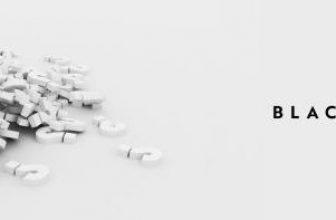What’s Your Skin Type? Here’s How To Tell
If you don’t quite know what your skin type actually is, fret not – you’ve come to the right place!
RELATED: How to wash your face: 7 tips to follow
RELATED: 5 wellness tips to help you bloom this spring
Today we’re giving you the low down on how to determine your skin type using three easy methods. And the best part? You can totally do all of them by yourself right at home!
But, why do I need to know my skin type?
The skin is the largest organ in the body and requires just as much attention and nourishment as the heart, lungs, liver and other vital organs. Understanding which of the five main skin types you fall under can help you choose the right products that address your specific skin concerns.
While it’s true that every person’s skin is unique, there are five main skin types that people fall under, namely:
- Oily skin – people with oily skin often produce excess oil in the T-Zone area of the face (this includes the forehead, nose and chin). Oily skin is often described as looking shiny, feeling greasy and is often more prone to blemishes and breakouts like acne. This is why it is also often referred to as “acne-prone” skin.
- Normal skin – if you have normal skin, consider yourself one of the lucky ones. Normal skin types are well-balanced in the moisture department. They are typically not prone to breakouts or flakiness and have a well-balanced T-Zone.
- Combination skin – those with combination skin often experience dryness in parts of their face, like the cheeks, and excessive oiliness in others (like the T-Zone). This skin type is often considered the most common type, as people are more likely to experience one or more skincare concerns than all or nothing.
- Dry skin – this skin type is generally rough, scaly, flaky, itchy or irritated-looking with an overall dehydrated appearance and feel.
- Sensitive skin – while it’s true sensitive skin widely varies from person to person; it is often characterized by visible redness and dryness on the skin. However, it may not always show visible signs and instead have feelings of discomfort, like burning after being exposed to certain ingredients.
Now, let’s move on and find out what YOUR skin type is using the three simple skin tests below.
The Index Finger Test
To start, take your index finger and place it under your cheekbone. Gently press the skin upward and examine the raised skin on your cheek using a mirror.
Make sure you are not looking at the skin in your under-eye area but the one on your cheek. If the skin appears smooth, it means it is well hydrated and likely falls under normal, oily or combination skin type.
If it appears cross-hatched (similar to a hashtag symbol), this means it is dehydrated and you have dry or combination skin.
The Bare-Faced Test
An easy way to find out your skin type is to carefully study your bare face. To do this, simply wash your face with a gentle cleanser and pat dry with a towel. After 30 minutes, stand in front of the mirror and inspect your skin for any shine or dryness.
Shine around your cheeks and T-Zone means you might have oily skin. For those who experience skin tightness combined with flaky skin in some areas, your skin is likely dry. And lastly, if you see or feel an unbalanced mix of both, you most likely have combination skin.
The Blotting Sheet Test
This test requires a blotting sheet, but if you don’t have that in your vanity at home a paper towel or napkin will do! To find out what your skin type is using this method, take your blotting sheet and gently pat on your face including the cheeks and T-zone. Once done, hold the sheet up into the light to see how much oil was absorbed – this will help determine your skin type.
Little to no oil likely means you have dry skin, while a blotting sheet with noticeable oil from your T-Zone is typically a sign of normal or combination skin.






